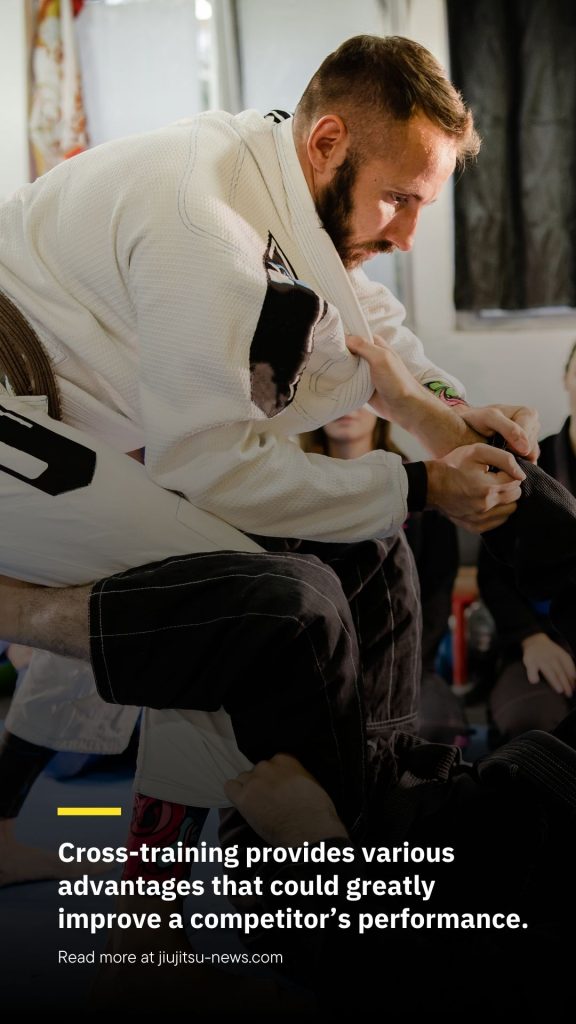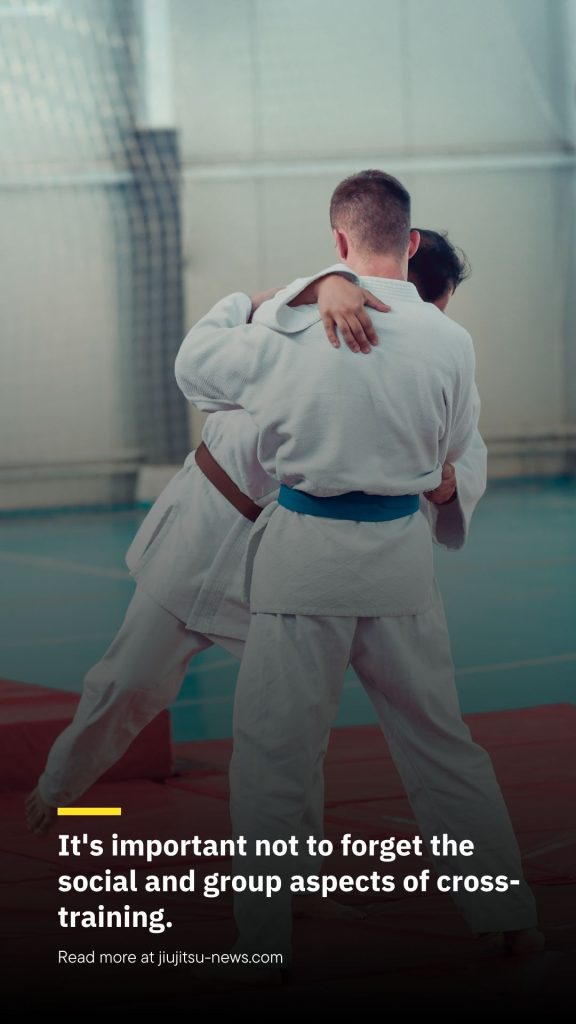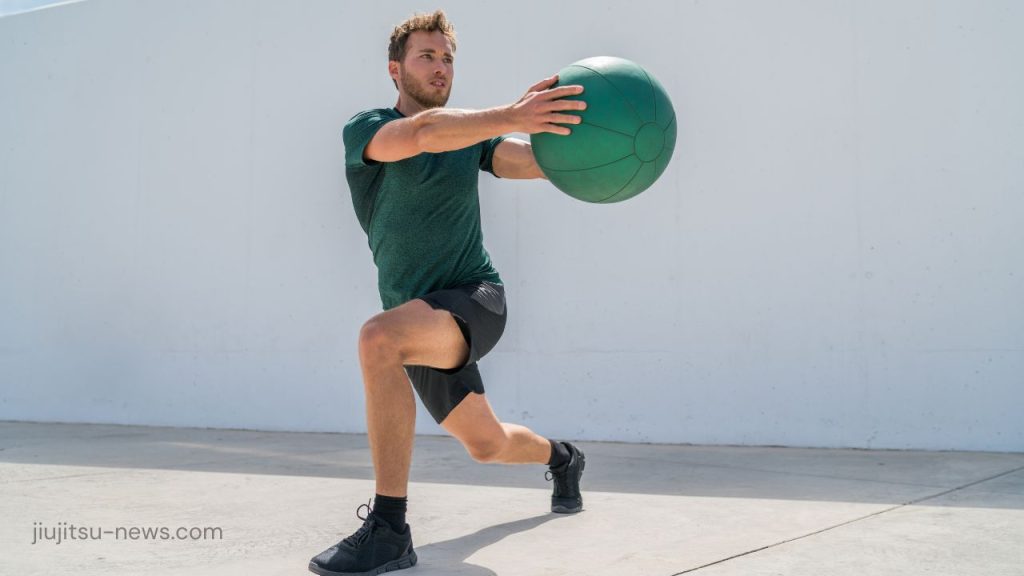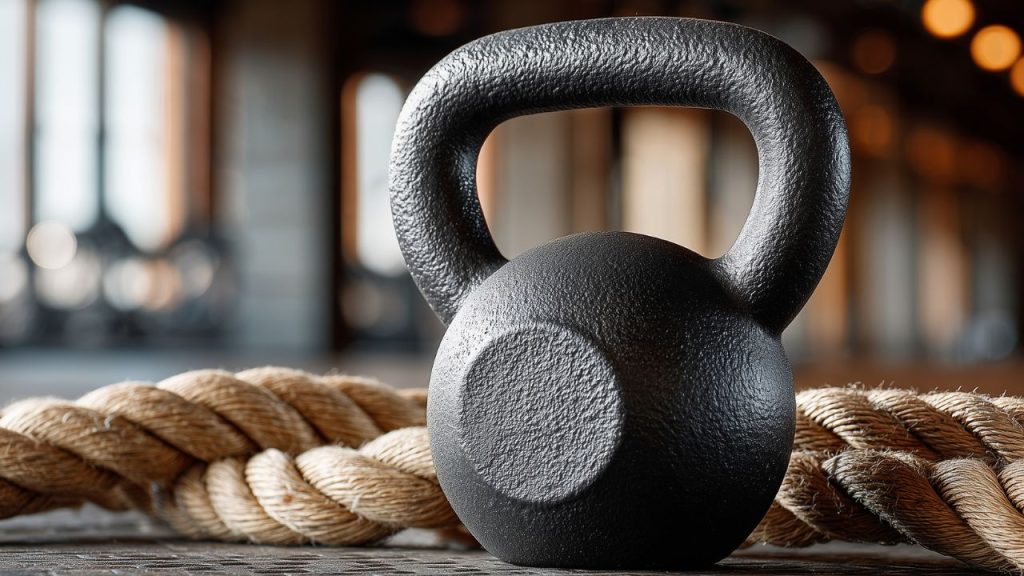In Brazilian Jiu-Jitsu and other grappling disciplines, cross-training provides various advantages that could greatly improve a competitor’s performance.
Developing a more rounded skill set is one of the main benefits. Combining methods from several martial arts allows practitioners to develop several viewpoints on movement, leverage, and positional control.

This cross-disciplinary approach helps athletes modify their methods and strategies to fit a greater spectrum of opponents and situations, therefore improving their performance in competition.
Here are some of the top benefits of cross-training for Brazilian jiu-jitsu practitioners.
1. Physical Conditioning

Apart from raising technical competence, cross-training promotes more physical conditioning.
Different grappling techniques highlight different physical qualities, including strength, endurance, flexibility, and quickness.
For example, whereas judo stresses balance and grip strength, wrestling sometimes stresses explosiveness and conditioning.
Through the development of a more complete physical foundation by using several grappling forms, practitioners will perform better on the mat.
This improved fitness not only helps athletes to be ready for the demands of competition but also promotes general health and well-being, therefore lowering the risk of injury.
2. Improved Mental Resilience

Still another important advantage of cross-training is mental resilience.
Grappling is a cerebral as much as a physical fight, hence exposure to different styles can help a practitioner solve problems.
Learning many approaches and competing philosophies helps athletes become flexible and creative in their grappling technique.
In contests, when the capacity to rapidly modify plans in reaction to an opponent’s tactics can determine either success or loss, this mental flexibility is absolutely vital.
Athletes that train in several disciplines have a more all-encompassing attitude that might help them make better under duress decisions.
3. Better Grappling Awareness

Cross-training also helps one have a better awareness of grappling generally.
Every martial art has different ideas and techniques that can work in concert.
For instance, whereas wrestling’s emphasis on takedowns can improve a competitor’s ability to control the tempo of a match, the ideas of leverage and body mechanics in judo can enrich a Brazilian Jiu-Jitsu practitioner’s guard game.
This interdependence of disciplines helps players to consider their methods and how they might be used in different situations, therefore developing their more complex grappling savvy.
4. Community Benefits

Eventually, one should not forget the social and community elements of cross-training.
Training in many settings exposes practitioners to new trainers, training partners, and ideas.
Apart from strengthening friendships among martial artists, this variety provides chances for knowledge exchange and mentoring.
Participating in a larger grappling community helps motivate athletes to seek excellence and creative inspiration for their training.
Takeaway
Embracing the advantages of cross-training can help grapple fighters to develop their skills, increase their physical fitness, and foster a strong attitude—all of which are vital for success in the highly competitive martial arts scene.






